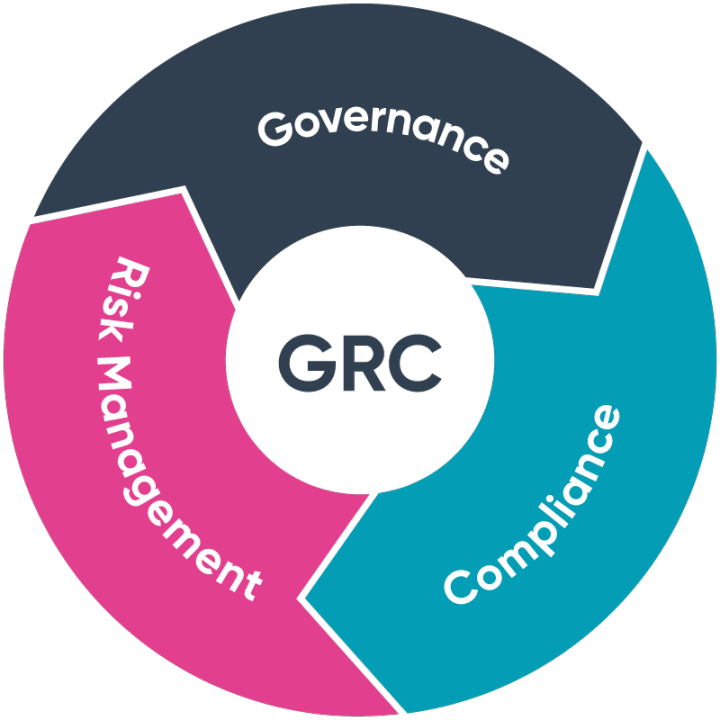
A How-To Guide for IT Infrastructure Transformation
In today’s rapidly evolving technological landscape, businesses must continually adapt to stay competitive. One of the key drivers of this adaptation is IT Infrastructure Transformation. As technology advances, organizations need to ensure that their IT infrastructure can support new demands, enhance efficiency, and enable innovation. This article serves as a comprehensive guide to help businesses navigate the complex process of IT infrastructure transformation.
Understanding IT Infrastructure Transformation
Before diving into the “how-to” aspects, it’s crucial to grasp the concept of IT infrastructure transformation. This process involves the fundamental change or modernization of an organization’s IT systems, encompassing hardware, software, networks, data centers, and more. The primary goals of IT infrastructure transformation are to improve agility, scalability, security, and cost-efficiency while aligning IT with overall business objectives.
Assess Your Current Infrastructure
The first step in any IT infrastructure transformation initiative is to thoroughly assess your existing infrastructure. This step involves a comprehensive audit of your current systems, including:
- Hardware and Software Inventory: Document all servers, storage devices, networking equipment, and software applications currently in use. This inventory provides a clear picture of what needs to be upgraded, replaced, or retired.
- Performance Analysis: Evaluate the performance of your current infrastructure. Identify bottlenecks, latency issues, and any components that are underutilized or overburdened.
- Security Audit: Assess the security posture of your IT infrastructure. Identify vulnerabilities and potential risks to data integrity and confidentiality.
- Compliance Review: Ensure that your IT infrastructure complies with industry regulations and standards relevant to your business. Non-compliance can result in legal and financial repercussions.
- Cost Analysis: Analyze the total cost of ownership (TCO) for your existing infrastructure. This includes not only acquisition costs but also operational expenses, maintenance, and support.
Define Transformation Goals and Objectives
Once you have a clear understanding of your current IT landscape, the next step is to define your transformation goals and objectives. Consider what you want to achieve through this process. Common objectives include:
- Improved Agility: Enhance the ability to respond quickly to changing business needs.
- Scalability: Ensure that your IT infrastructure can easily adapt to accommodate growth or fluctuations in demand.
- Cost Reduction: Identify opportunities to reduce operational costs and optimize resource utilization.
- Enhanced Security: Strengthen cybersecurity measures to protect against evolving threats.
- Innovation Enablement: Create an environment that fosters innovation and supports the adoption of emerging technologies.
- Improved User Experience: Prioritize the end-user experience by optimizing system performance and reliability.
- Compliance and Data Governance: Ensure that your IT infrastructure meets regulatory requirements and data governance standards.
Develop a Transformation Strategy
With clear goals in mind, it’s time to develop a comprehensive transformation strategy. This strategy should outline the following key elements:
- Scope: Define the scope of your IT infrastructure transformation. Determine which components will be upgraded, replaced, or migrated to new platforms.
- Timeline: Create a realistic timeline for the transformation project. Consider potential disruptions to operations and plan accordingly.
- Budget: Establish a budget that takes into account not only the initial investment but also ongoing operational costs.
- Resource Allocation: Determine the resources required for the project, including personnel, hardware, software, and external expertise if needed.
- Risk Assessment: Identify potential risks and develop mitigation strategies. These could include data migration challenges, system downtime, or security vulnerabilities.
- Vendor Selection: If you plan to acquire new hardware or software solutions, carefully select vendors based on their reputation, track record, and compatibility with your goals.
Embrace Cloud and Virtualization Technologies
Modernizing your IT infrastructure often involves a shift toward cloud computing and virtualization technologies. These technologies offer numerous benefits, including:
- Scalability: Cloud services and virtualization allow you to easily scale resources up or down based on demand.
- Cost Savings: By eliminating the need for extensive physical hardware, you can reduce capital expenditures and optimize operational costs.
- Flexibility: Cloud services provide the flexibility to deploy and manage applications and data from anywhere with an internet connection.
- Security: Many cloud providers offer robust security features and compliance certifications, strengthening your overall security posture.
- Disaster Recovery: Cloud-based backup and disaster recovery solutions ensure business continuity in case of unexpected events.
Implement a Robust Security Strategy
Security should be a top priority throughout the IT infrastructure transformation process. Consider implementing the following security measures:
- Network Security: Implement firewalls, intrusion detection systems, and encryption protocols to protect your network from cyber threats.
- Access Control: Enforce strict access controls and identity management to prevent unauthorized access to critical systems and data.
- Regular Audits and Monitoring: Continuously monitor your infrastructure for security vulnerabilities and perform regular security audits.
- Data Encryption: Encrypt sensitive data at rest and in transit to safeguard it from unauthorized access.
- Employee Training: Provide cybersecurity training to your employees to raise awareness and reduce the risk of social engineering attacks.
Test and Validate
Before fully implementing your IT infrastructure transformation, conduct thorough testing and validation. This phase includes:
- Performance Testing: Evaluate the performance of the new infrastructure under different workloads to ensure it meets your performance goals.
- Security Testing: Conduct penetration testing and vulnerability assessments to identify and address any security weaknesses.
- Data Migration Testing: If data migration is involved, test the process to ensure data integrity and minimize downtime.
- User Acceptance Testing: Involve end-users in the testing process to gather feedback and ensure that the new infrastructure meets their needs.
Roll Out and Monitor
Once testing is complete and you are confident in the new infrastructure, proceed with the rollout. During this phase:
- Migrate Data: If applicable, migrate data to the new infrastructure following your carefully planned migration strategy.
- Training: Provide training to IT staff and end-users to ensure they can effectively use the new infrastructure.
- Monitoring and Optimization: Continuously monitor the performance and security of the new infrastructure. Make adjustments as needed to optimize performance and resource utilization.
- Documentation: Maintain up-to-date documentation of the new infrastructure, including configurations, procedures, and support contacts.
Post-Implementation Review
After the IT infrastructure transformation is complete, conduct a post-implementation review to assess the success of the project. This review should include:
- Alignment with Objectives: Evaluate whether the transformation achieved the defined goals and objectives.
- Performance Metrics: Compare the new infrastructure’s performance with the baseline metrics established during the assessment phase.
- User Feedback: Gather feedback from end-users to identify any issues or areas for improvement.
- Cost Analysis: Compare the actual costs of the transformation with the budgeted costs to assess cost-effectiveness.
- Lessons Learned: Document lessons learned during the transformation process to inform future projects.
Continual Improvement
IT infrastructure transformation is not a one-time event but an ongoing process. Technology evolves, and business needs change, so it’s essential to continually assess and adapt your infrastructure. Stay updated on emerging technologies and industry best practices to ensure your IT environment remains agile, secure, and aligned with your business goals.
In conclusion, IT infrastructure transformation is a critical undertaking for organizations looking to thrive in today’s digital age. By following the steps outlined in this guide, businesses can navigate this complex process with confidence, ensuring that their IT infrastructure remains a strategic asset that enables growth, innovation, and competitiveness in an ever-changing landscape.
Contact Cyber Defense Advisors to learn more about our Technology Infrastructure Transformation solutions.





